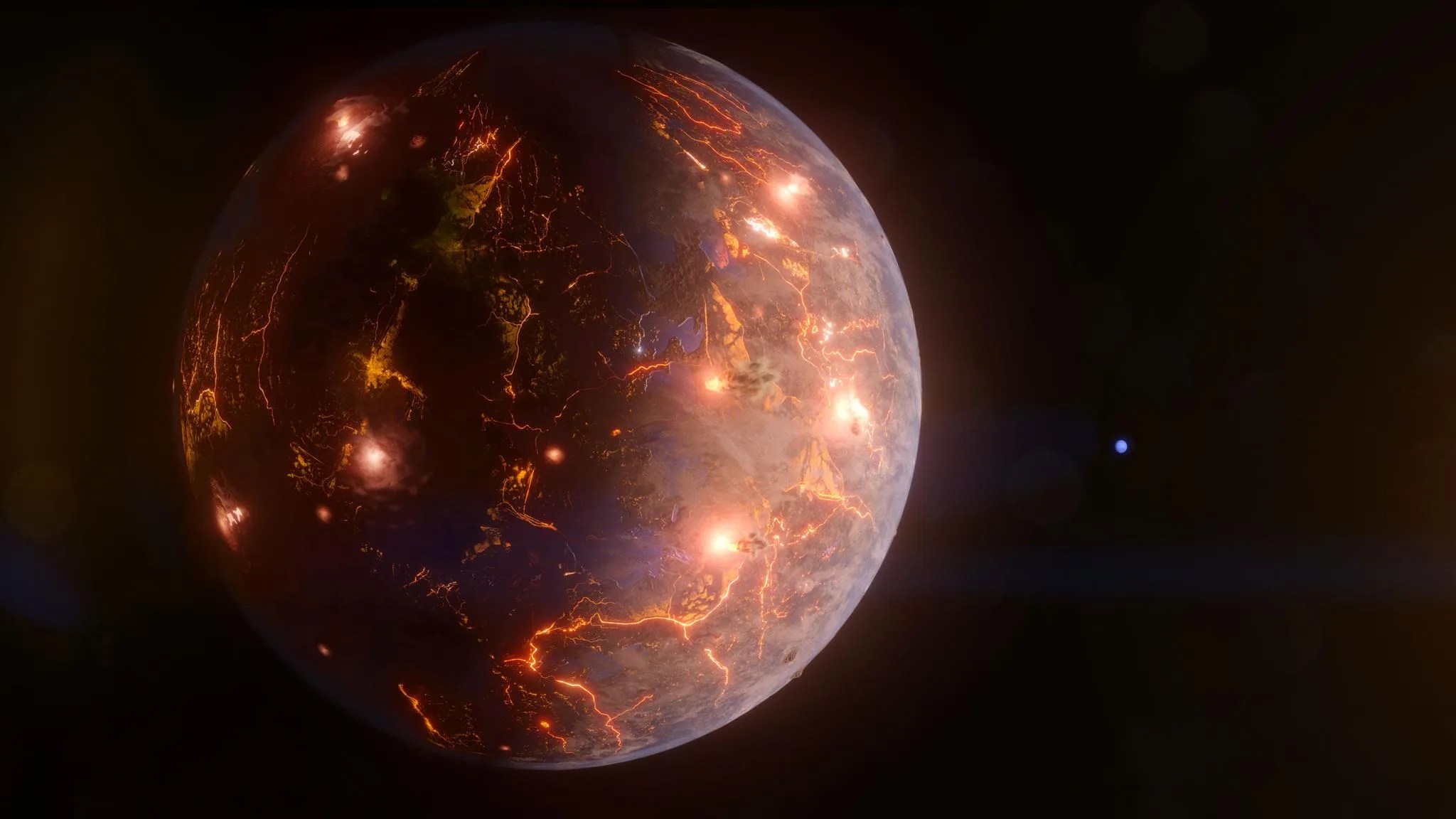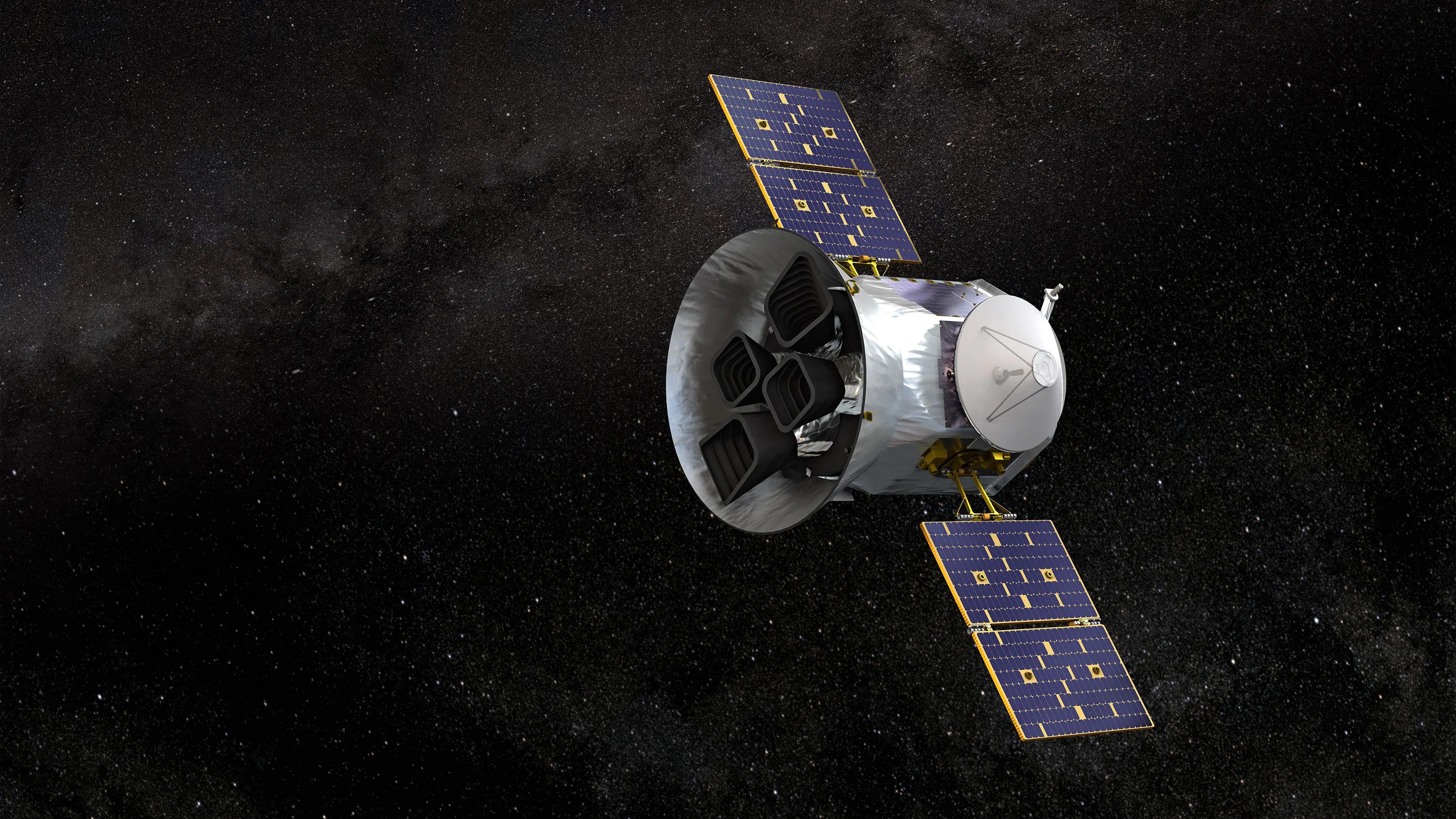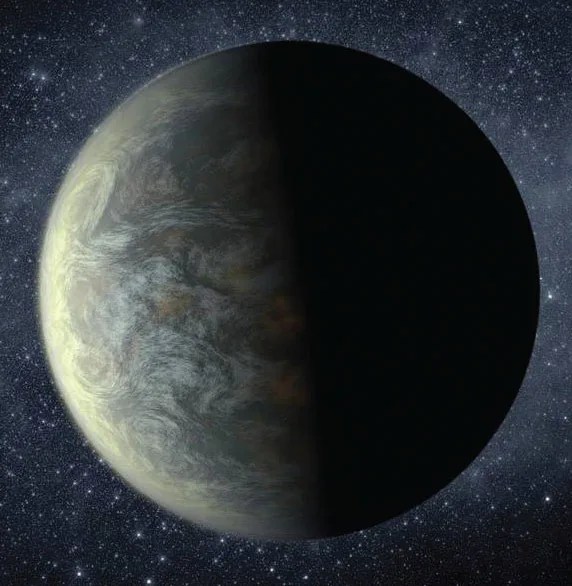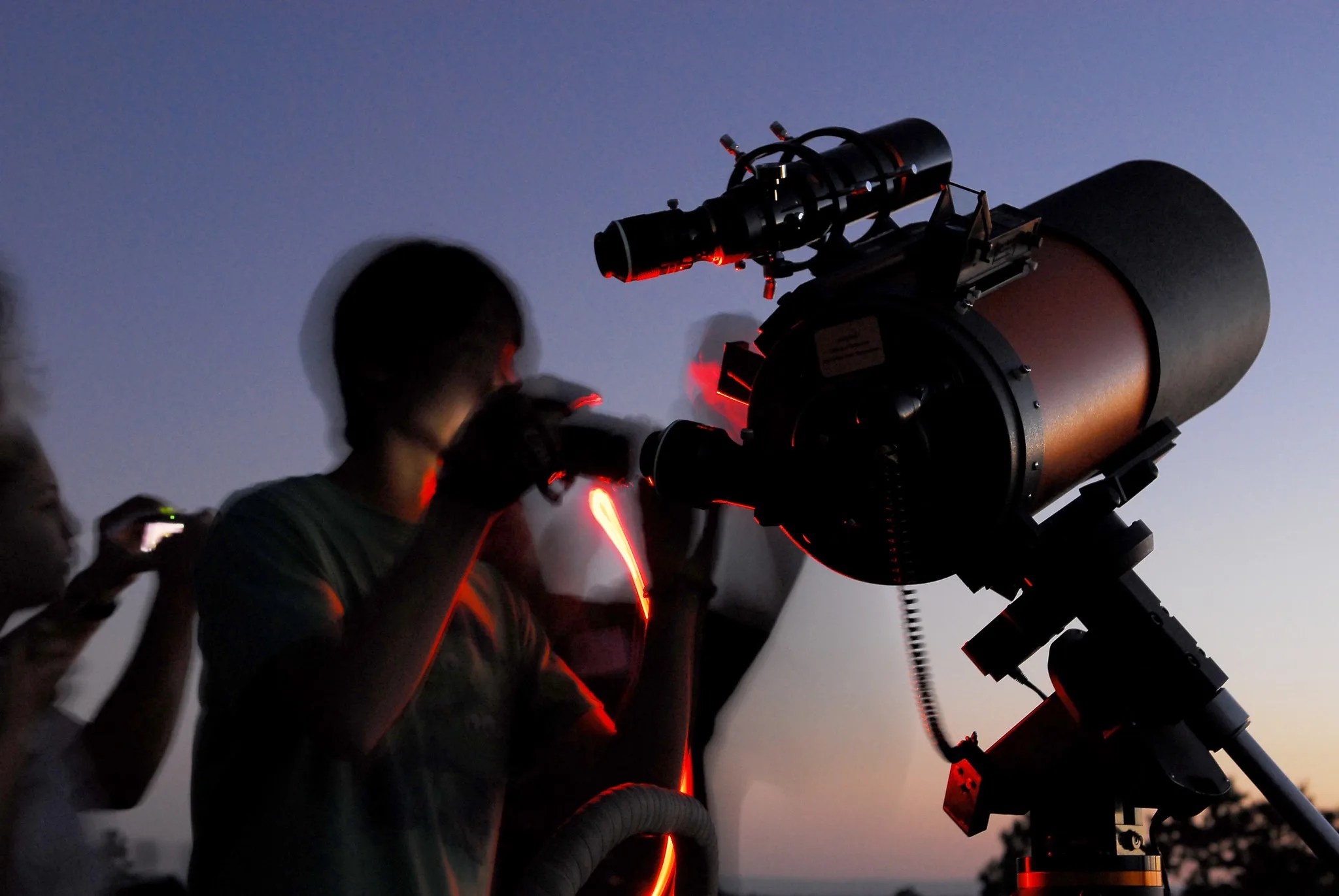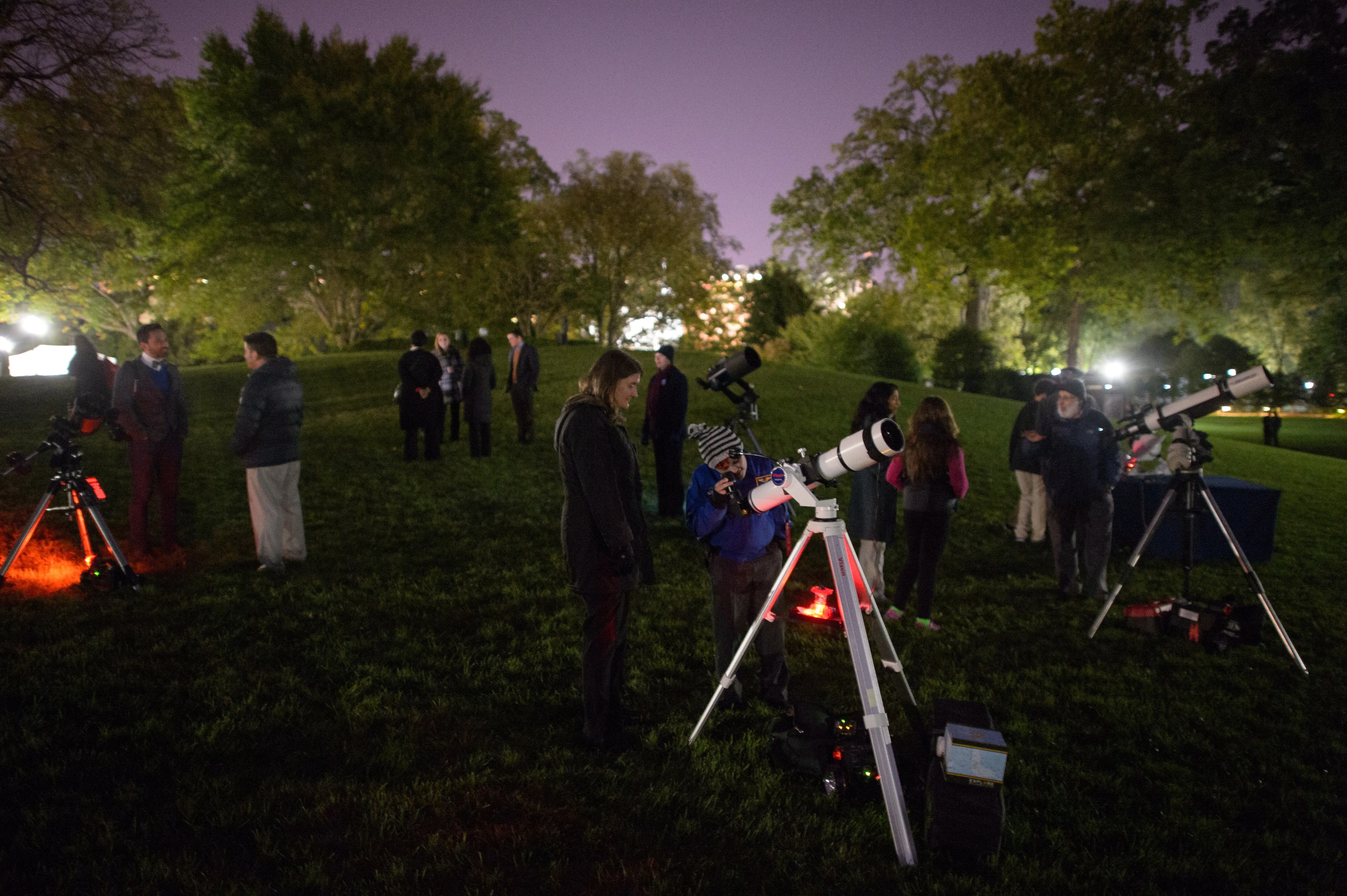 Attendees look through telescopes on the South Lawn of the White House during the second White House Astronomy Night on Monday, Oct. 19, 2015 The second White House Astronomy Night brought together students, teachers, scientists, and NASA astronauts for a night of stargazing and space-related educational activities to promote the importance of science, technology, engineering, and math (STEM) education. Photo Credit: (NASA/Joel Kowsky)NASA/Joel Kowsky
Attendees look through telescopes on the South Lawn of the White House during the second White House Astronomy Night on Monday, Oct. 19, 2015 The second White House Astronomy Night brought together students, teachers, scientists, and NASA astronauts for a night of stargazing and space-related educational activities to promote the importance of science, technology, engineering, and math (STEM) education. Photo Credit: (NASA/Joel Kowsky)NASA/Joel KowskyExoplanet Watch
Observe transiting exoplanets with small telescopes. You do not need to own your own telescope in order to participate.
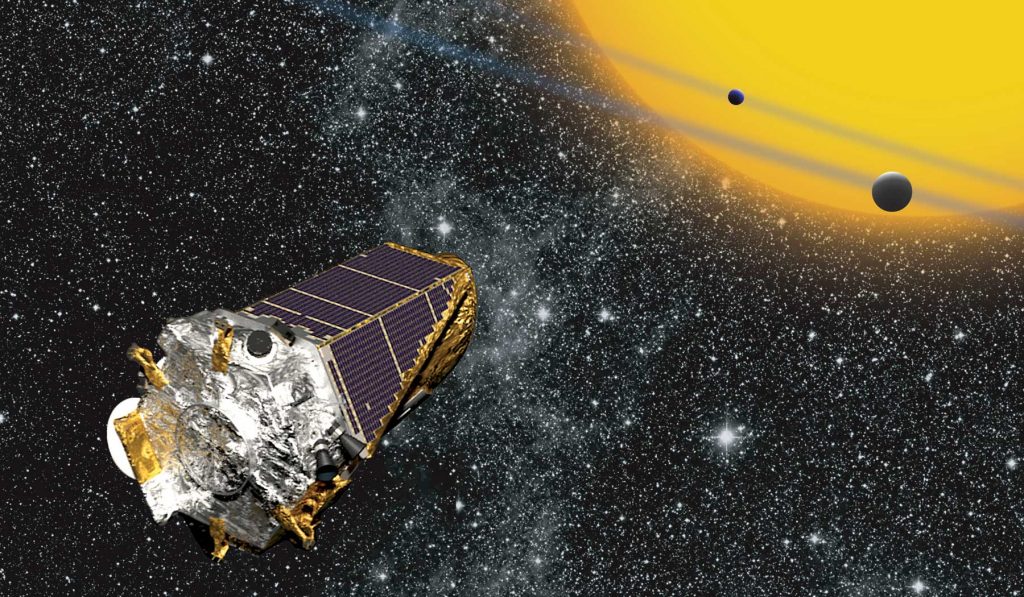 The Kepler Space TelescopeNASA
The Kepler Space TelescopeNASAExoplanet Explorers
Discover new planets orbiting other stars in our galaxy.
 NASA/Ames/Wendy Stenzel
NASA/Ames/Wendy StenzelPlanet Hunters TESS
Search for undiscovered worlds using data from NASA’s TESS mission.
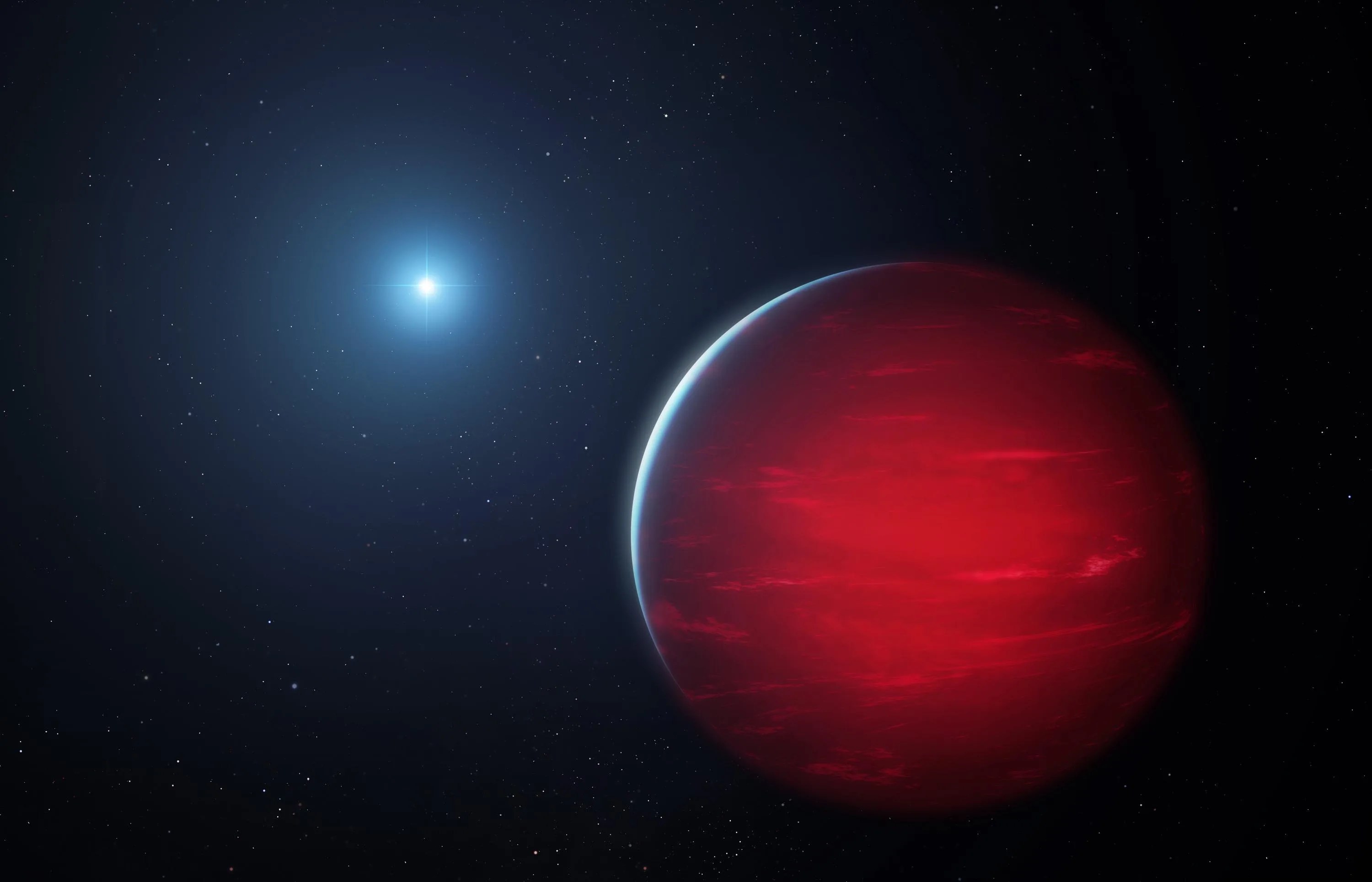 Illustration of an ultracool brown dwarf with a companion white dwarf. Citizen scientist Frank Kiwy, participant in the Backyard Worlds: Planet 9 project, discovered 34 new ultracool dwarf binary systems in the Sun's neighborhood.Credit: NOIRLab/NSF/AURA/M. Garlick
Illustration of an ultracool brown dwarf with a companion white dwarf. Citizen scientist Frank Kiwy, participant in the Backyard Worlds: Planet 9 project, discovered 34 new ultracool dwarf binary systems in the Sun's neighborhood.Credit: NOIRLab/NSF/AURA/M. GarlickBackyard Worlds
Search the realm beyond Neptune for new brown dwarfs and planets.

Planet Patrol
Help find out which planet candidates from the TESS mission are real.
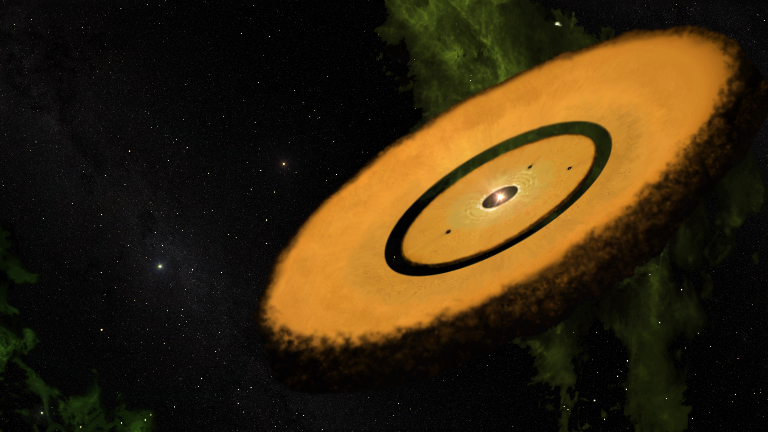 This rendering of a disk around an M-dwarf star, created by citizen scientist Jonathan Holden, illustrates a finding from the Disk Detective project. (NASA/Jonathan Holden)
This rendering of a disk around an M-dwarf star, created by citizen scientist Jonathan Holden, illustrates a finding from the Disk Detective project. (NASA/Jonathan Holden)Disk Detective
Spot the disks around nearby stars where planets form and dwell.
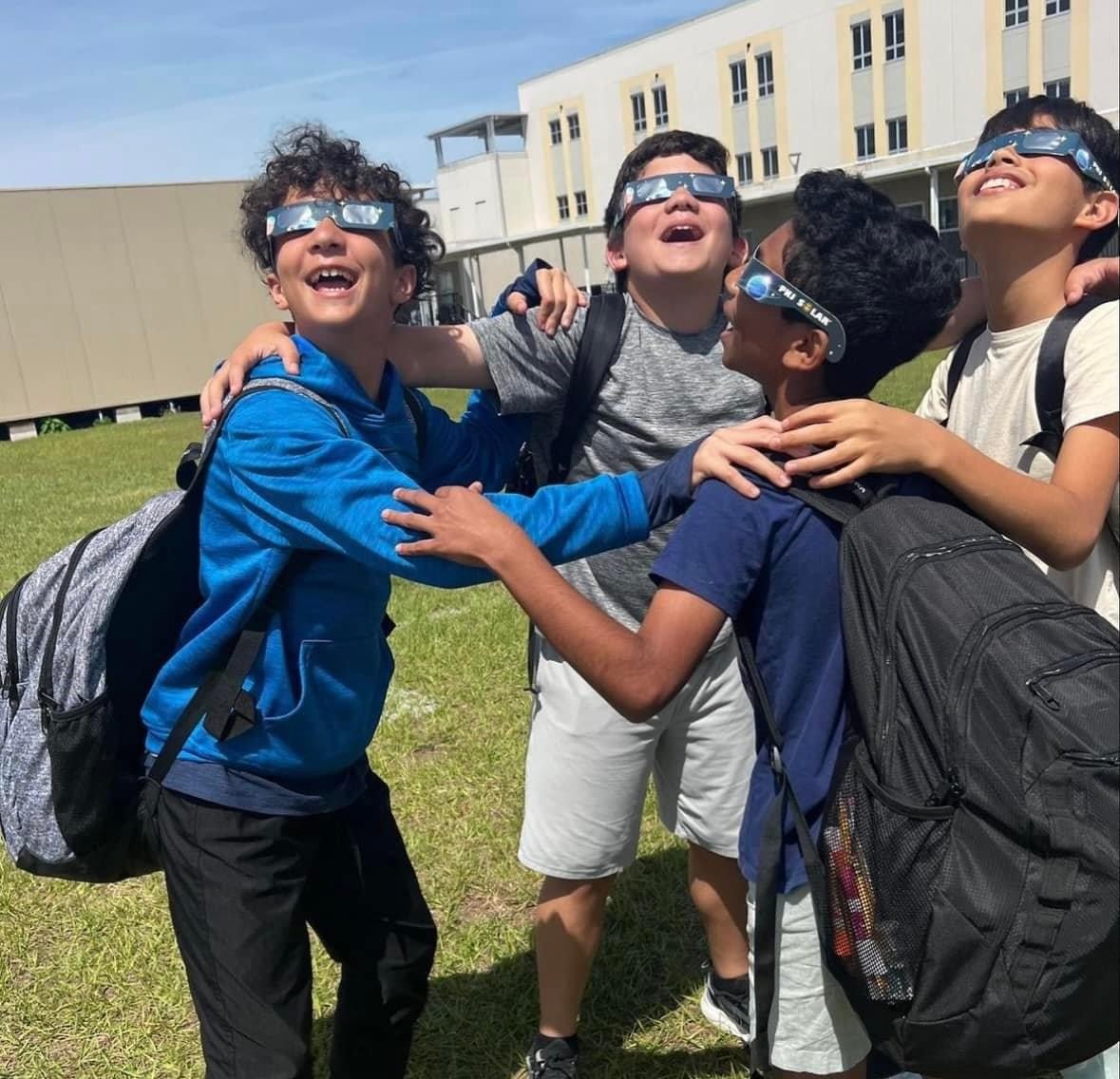 Students celebrate the partial solar eclipse in April in Los Angeles, with glasses and programs provided by the Los Angeles Public Library System.LA Unified School District
Students celebrate the partial solar eclipse in April in Los Angeles, with glasses and programs provided by the Los Angeles Public Library System.LA Unified School DistrictNASA Citizen Science
NASA offers a range of citizen science projects; some can be done by anyone, anywhere, with just a cellphone or laptop. Check out all the ways you can work on NASA science.
Keep Exploring


